Peter Marshall’s Paris. Bastille Day seems a suitable time to write a little again about my photographs of Paris, a city in and around which I’ve spent some time over the years, though always as a visitor rather than a resident.
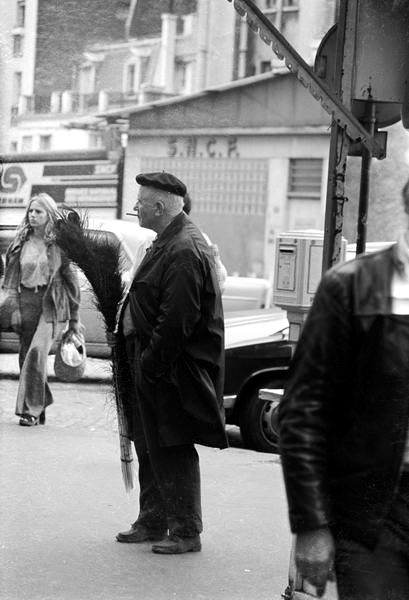
I first went there in 1966, going to spend a week in a student hostel with a young woman from Hull who I was madly in love with, so definitely seeing the city through rose-tinted lenses, though a little of the shine was taken off by dropping my camera in the lake where we went rowing at Versailles. The camera never really worked properly again, though I couldn’t afford to replace it for another six years.
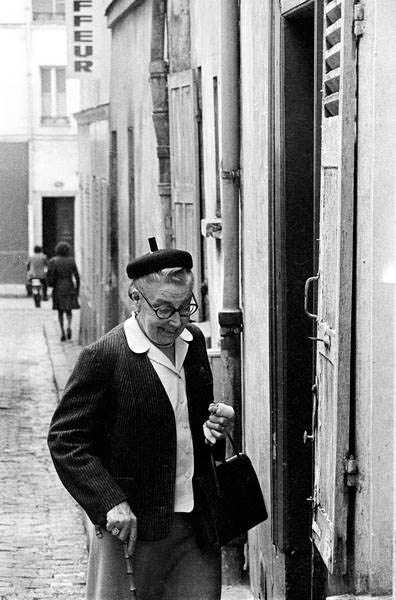
I think that was probably the only time I’ve been in France for Bastille Day, and we spent the evening at the celebrations in a town square a few miles south of the city centre where our hostel was located. It was very definitely full accordion and dancing and entirely French, but although I remember taking a few pictures there, its probably fortunate that no trace of them remains. People like Doisneau did it so much better.
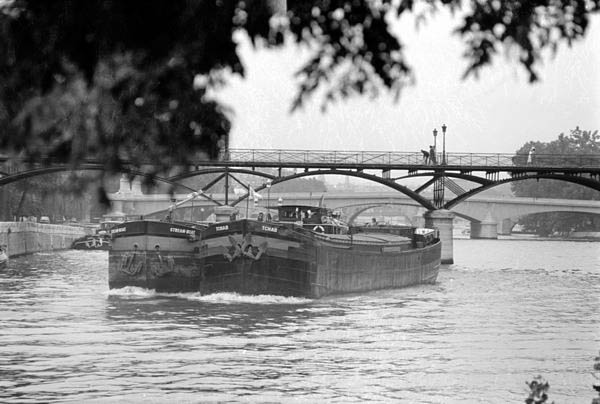
It was not until 1973 that I returned, with the same woman who was now my wife and with a couple of cheap Russian cameras, A Zenit (Zenith) B SLR, heavy and clunky and a smaller Russian rangefinder camera, I think a Zorki 4. This time we stayed at a student hostel in the Rue Jean-Jacques-Rousseau in the 1st Arrondisement, which had a grand staircase up to the first floor and a rather less grand one to our room on an upper story, up which we dragged ourselves after spending days walking around the city, often following the walking routes in the Michelin Green Guide.
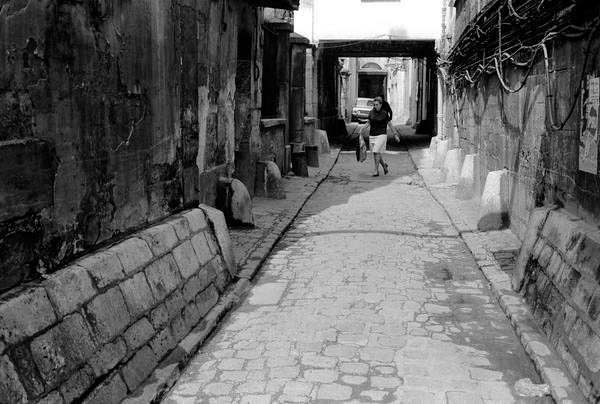
Fortunately Linda was a fluent French speaker as the guide, then rather more encyclopedic than more recent editions was then only available in French and my O Level was often a little tested. And she could pass as French though often people she talked to took her as being rather simple-minded as she asked about things to which anyone French would know the answer. Most of my visits to Paris have been in her company, though many of the walks I made on later visits were on my own, especially when we had children with us who she took to parks and other children’s activities.
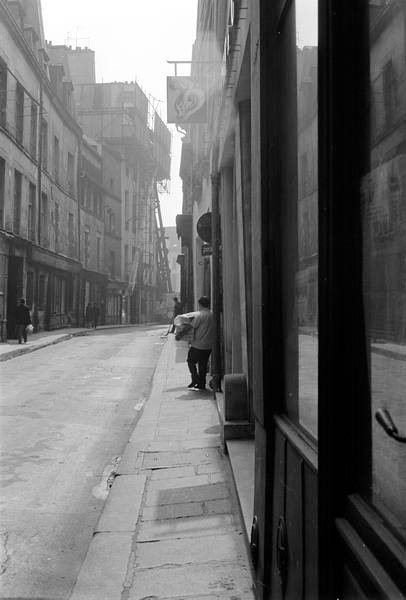
We were no longer students, though still fairly broke, and we still had valid student cards which let us stay in the hostel – in a room so poorly lit by a single bulb run on a lower voltage than it was made for that it was hardly possible to do anything but go to bed when we arrived back – and also to get free or much reduced admission to all the museums. On later visits I found my NUT card as a teacher also got me into many too.
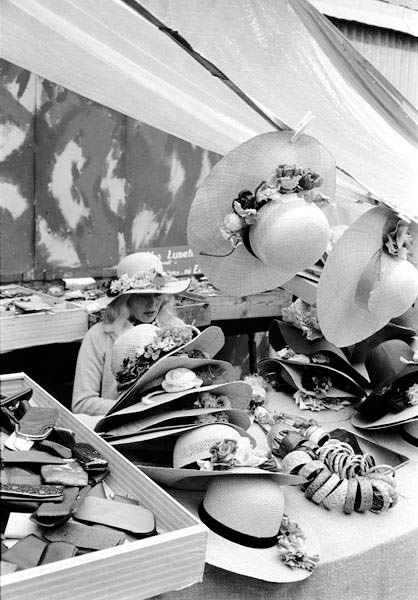
I think I had three lenses for the Zenith B, the standard 58mm f2, along with a short telephoto and a 35mm wide angle. It was noisy in operation and sometimes required considerable force to wind on – and it was easy to rip the film when doing so. The viewfinder showed around 90% of the image. You had to focus at full aperture on the ground glass screen, then stop the lens down to the taking aperture.
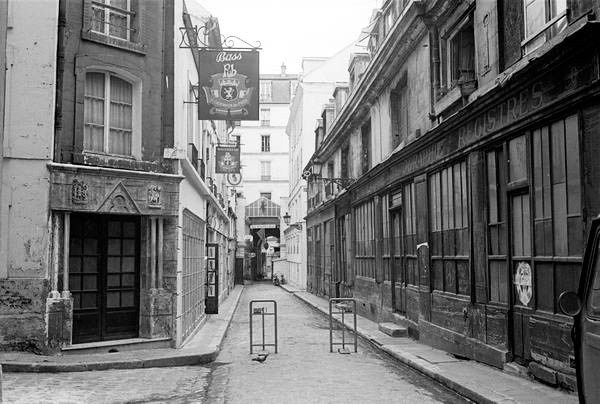
The Zorki 4 was smaller and lighter and I’d bought it with the 50mm f2 which was a decent lens. The viewfinder had a split image area for focusing which seemed fairly accurate, but what you saw at the edges depended on where you put you eye to it. The film wound on smoothly and the shutter, having no mirror was considerably less intrusive if not quite to Leica standards.
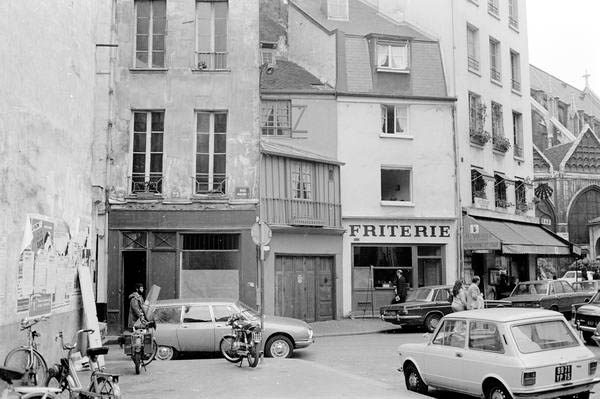
Neither camera needed a battery. There was no exposure metering or autofocus and it was up to the user to set the appropriate aperture and shutter speed. On a thin cord around my neck I had a Weston Master V, and in my camera bag its Invercone which enabled it to measure incident rather than reflected light when possible. Again this was battery-free, using a large light cell which generated a current, though this limited its sensibility. Weston meters had an outstanding reputation among photographers and film-makers but in later years I replaced it by a more sensitive meter that could measure much lower light levels and even flash.
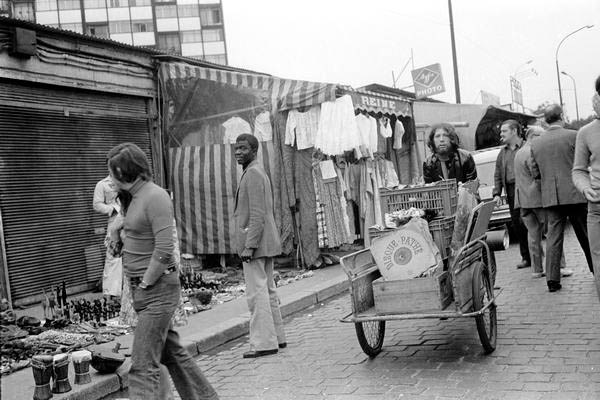
Despite the rather primitive equipment and my own lack of experience, the 1973 Paris work resulted in my first portfolio published in a photographic magazine the following year which included several of the pictures in this post, all of which come from that trip.
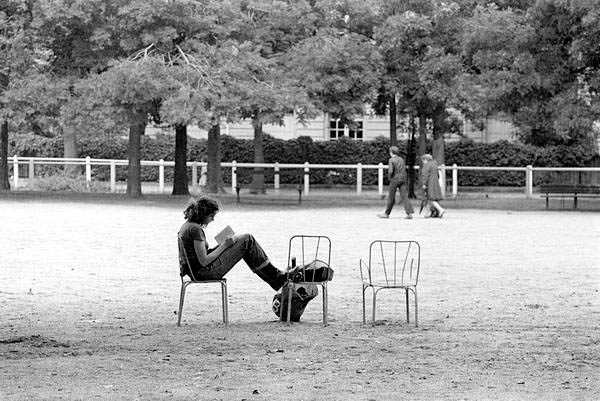
By the time I returned to Paris I had more modern equipment, mainly working with Olympus OM Cameras, at first the OM1, later the OM2 and OM4. On some trips I also took a Leica M2 a range-finder with a much better viewfinder than the Zorki. More recently I’ve photographed in Paris with various Nikon DSLRs and a Leica M8.
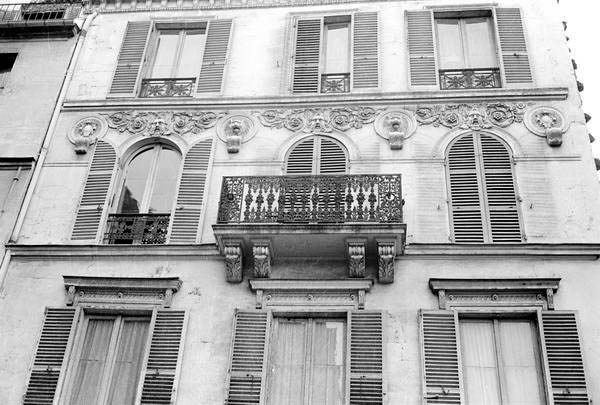
One of my earliest attempts at a book was made from the pictures I took in 1973, with the image above on the cover, but it only ever got as far as a single dummy, made by stitching together images printed on 8×10 resin coated paper.
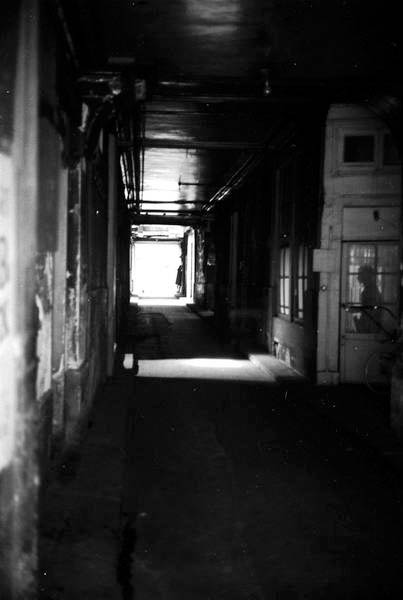
In 1984 I took a couple of weeks working on the project ‘In Search of Atget‘, inspired by the pictures I’d first come across in Paris museums during that 1973 visit. I later showed this work and in 2012 self-published the book which is still available in softcover or as a PDF on Blurb. A second book, of colour pictures, ‘Photo Paris‘ taken in 1988 is also still available on Blurb.
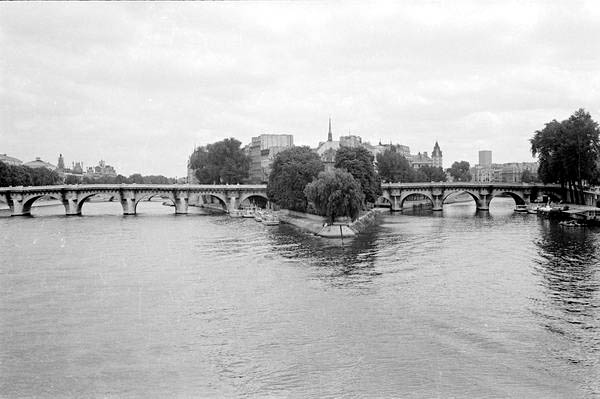
My web site Paris Photos includes pictures from visits to Paris in 1973 and 1984 mentioned above, as well as several later visits. Albums on Flickr have larger versions of many of these pictures.
In Search of Atget – Paris 1984
1984 Paris Colour
Around Paris 1988
Around Noisy-le-Grand and Paris – 1990
Paris – November 2007
There are also some accounts of my visits to Paris mainly for Paris Photo since 2006 on My London Diary. It’s now been some years since our last visit, though every year we promise ourselves a visit and one day it may happen.